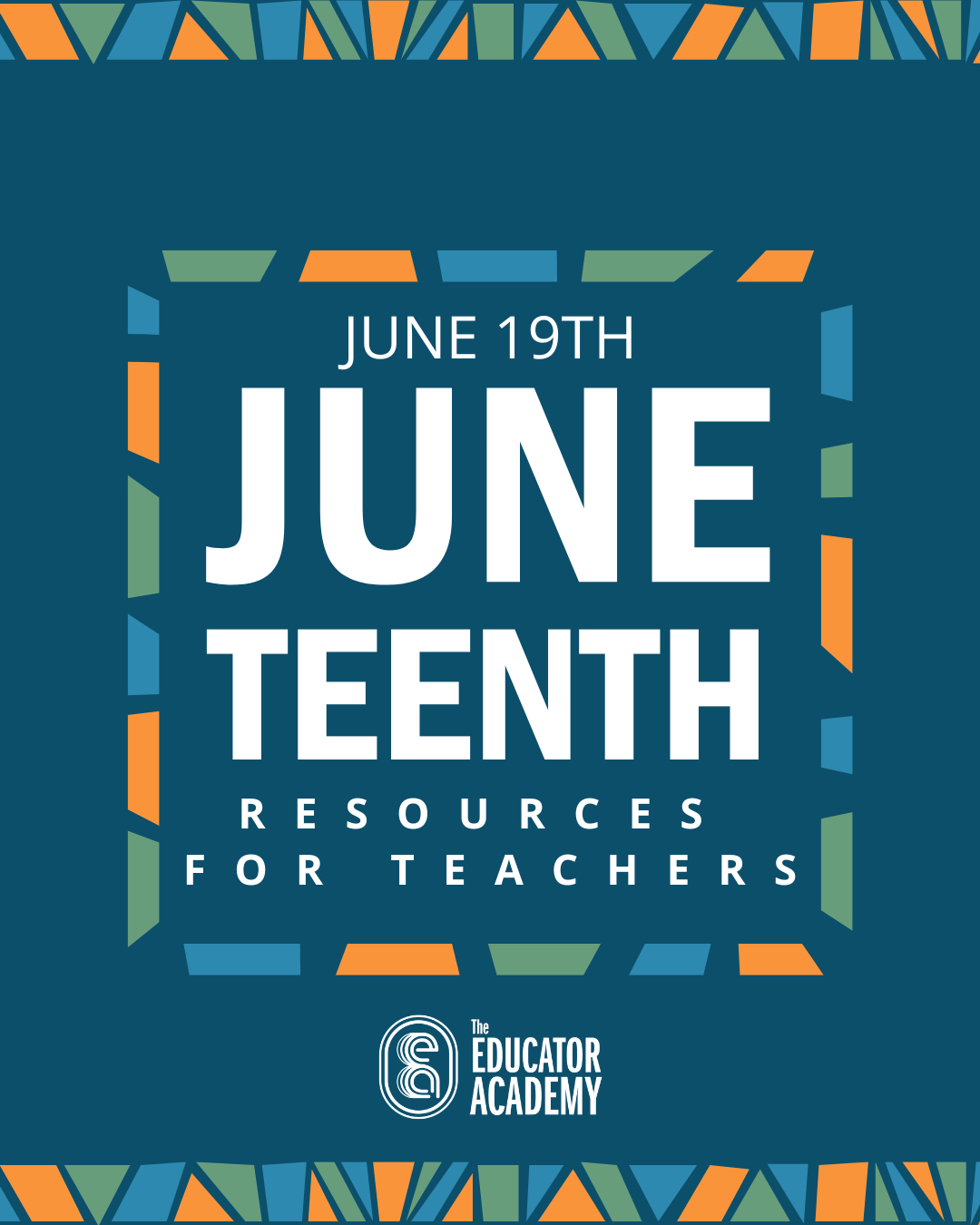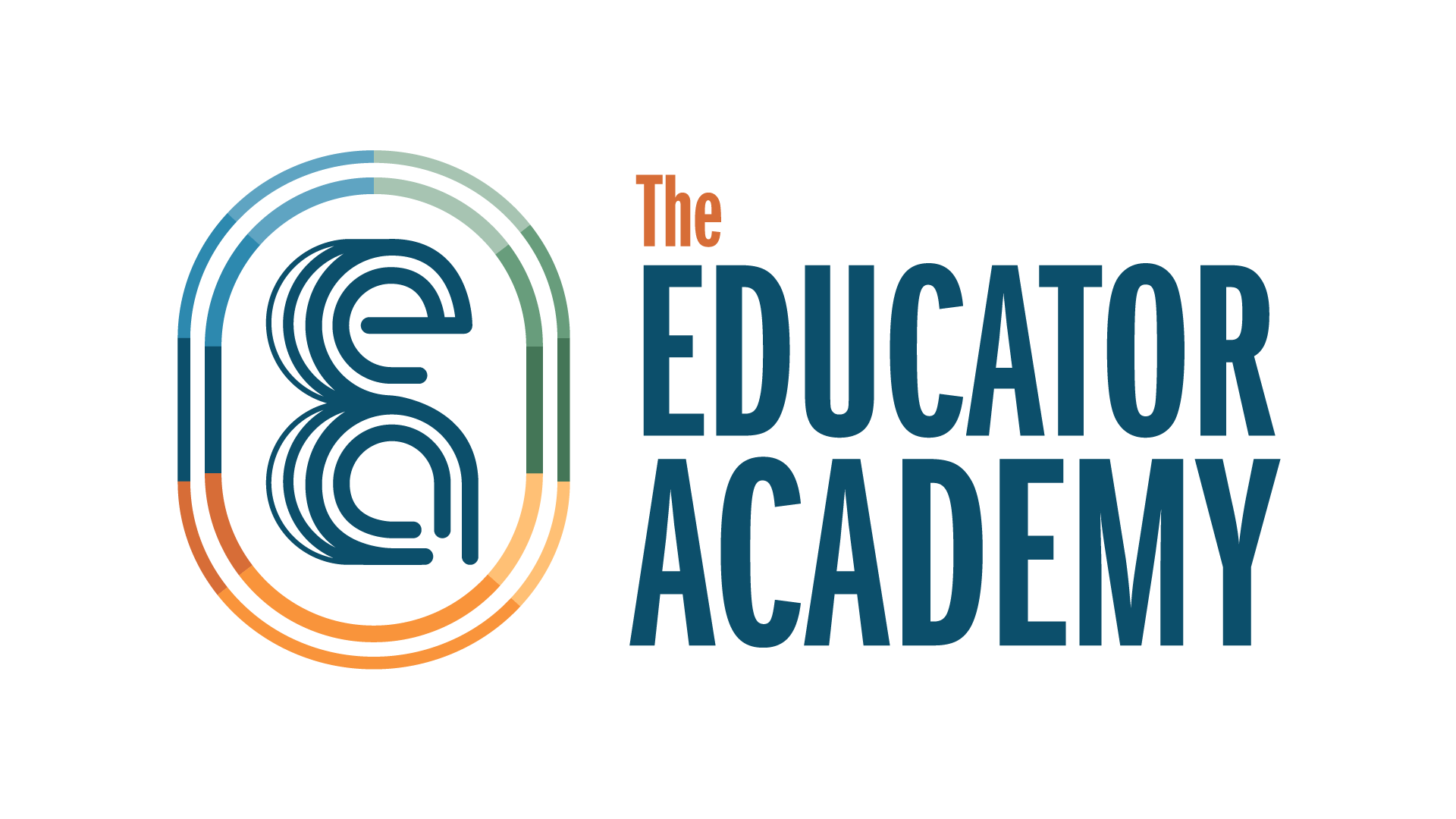
Juneteenth, celebrated on June 19th, marks an important moment in American history. It’s the day in 1865 when news of emancipation reached the last group of enslaved people in Galveston, Texas, more than two years after the Emancipation Proclamation was issued.
Today, Juneteenth is a recognized federal holiday and an opportunity for reflection, learning, and celebration.
For teachers leading summer programs, Juneteenth offers a meaningful way to engage students in history, storytelling, and creative expression. Whether you’re teaching younger learners or older students, this is a great time to explore lessons that connect the past to the present in thoughtful, age-appropriate ways.
Here are some curated resources and ideas to help bring Juneteenth into your classroom this June:
1. Start with Storytelling
Books are a powerful way to introduce Juneteenth to students. Consider read-alouds or independent reading time using books that explore freedom, perseverance, and celebration.
Great picks for younger learners:
- Juneteenth for Mazie by Floyd Cooper (watch the free read-along video version here)
- All Different Now by Angela Johnson
- Opal Lee and What It Means to Be Free by Alice Faye Duncan
For middle and high school students:
- Juneteenth: A Novel by Ralph Ellison
- The Warmth of Other Suns by Isabel Wilkerson (select excerpts for classroom use)
- Primary source readings and personal narratives from the time period
2. Explore Art, Music, and Food Traditions
Juneteenth is often celebrated with music, gatherings, and traditional foods. Invite students to explore cultural expressions through:
- Listening to spirituals, jazz, blues, and modern music with historical significance. Search Juneteenth playlists on Spotify to find tunes that resonate with your students.
- Cooking demonstrations or discussions around traditional Juneteenth foods like red velvet cake, strawberries, watermelon, and BBQ. Learn about the meaning and history of Juneteenth foods.
- Art projects that celebrate freedom or community. See how the Nelson Atkins Art Museum is celebrating Juneteenth in Kansas City.
3. Dig into History Projects
Encourage students to investigate:
- What was happening in the U.S. in 1865?
- Why did it take so long for news of freedom to spread?
- How have different communities commemorated Juneteenth over the years?
Students can share their research through posters, slide decks, or short video presentations.
4. Use Digital Learning Tools
If you’re teaching in a tech-friendly classroom, bring Juneteenth history to life with these digital tools:
- PBS LearningMedia: Offers age-specific videos and activities
- National Museum of African American History & Culture: Their Juneteenth portal includes timelines, photo collections, and educator guides
- Library of Congress: Primary source sets and teacher resources on the post-Civil War era
5. Encourage Reflection and Expression
Juneteenth isn’t just about looking back—it’s about thinking forward. Encourage students to reflect on freedom, progress, and the power of community.
Activity ideas include:
- Writing letters or poems about what freedom means to them
- Creating a class mural or freedom quilt
- Hosting a classroom celebration or reflection circle
Why Juneteenth is a Valuable Summer Learning Opportunity
Summer school often provides the flexibility to go beyond textbooks. Juneteenth activities encourage students to connect history to real life, think critically, and express themselves creatively. It’s a chance to deepen understanding in a relaxed but meaningful way.
Whether your students are in kindergarten or high school, there are many ways to bring Juneteenth into your classroom in a respectful, engaging way. By weaving stories, art, music, and critical thinking into your summer curriculum, you’ll create space for important conversations and lasting learning.
Looking for more ideas?
Check your local libraries, museums, and community centers. Many local resources offer free materials or programs around Juneteenth that can support your classroom plans.
Let’s use this summer as an opportunity to inspire curiosity, celebrate progress, and build connection through learning.

